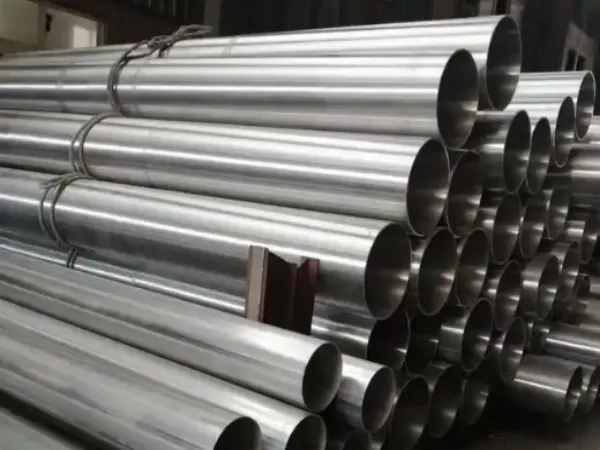What is a stainless steel pipe?
Stainless steel pipe is a tubular product made of high-quality stainless steel material, which has the advantages of corrosion resistance, high temperature resistance, and high compressive strength. According to different manufacturing processes, stainless steel pipes can be divided into
stainless steel seamless pipes and
stainless steel welded pipes. Stainless steel pipes are widely used in industries, construction, chemical industry, medical equipment and other fields, and are an important metal material. The main materials of stainless steel pipes are 304, 316, 321, etc., each material has different characteristics and applicable fields.
Why recommend stainless steel pipes?
1. Hygiene and health Stainless steel is a healthy material that can be implanted in the human body, so for water supply pipes, stainless steel pipes are good for health. After the immersion test, all indicators meet the requirements of relevant national drinking water standards. The inner wall of the stainless steel pipe is smooth, and it will not scale or be contaminated by bacteria after long-term use. There is no need to worry about the water quality being affected, and secondary pollution of water can be avoided. 2. Pay attention to material selection All raw materials are 304,
304L, 316L, 316L, which meet the requirements of JIS4305. The above grades are characterized by stable performance, high strength and low thermal expansion coefficient. 3. Durable stainless steel surface thin and dense chromium-rich oxide film makes stainless steel.
Advantages of Stainless Steel Pipe
High Corrosion Resistance: Stainless steel pipes are highly resistant to rust and corrosion, ensuring they maintain their integrity and appearance even when exposed to water or harsh environments over long periods.
High Durability: These pipes are designed to withstand wear and tear, maintaining their performance and appearance over time without degradation.
Appealing Appearance: The bright, shiny, and highly reflective finish of stainless steel gives projects a premium, high-end look that is difficult to achieve with other materials.
Strength: Stainless steel pipes are exceptionally strong and resistant to damaging elements, making them ideal for applications where structural integrity is crucial.
100% Recyclable: Stainless steel is fully recyclable, allowing pipes to be melted down and repurposed into new metal products, contributing to environmental sustainability.
Disadvantages of Stainless Steel Pipe
High Cost: Stainless steel pipes are generally more expensive than other types of piping due to the high-quality materials and labor-intensive manufacturing process required.
Heavy Weight: The weight of stainless steel pipes can make them more challenging to transport and install compared to lighter materials.
Difficulty Welding: The heat resistance of stainless steel makes welding more complex. Improper welding can lead to leaks at the joints, requiring skilled labor for proper installation.
Special Tools Required: Due to the hardness of stainless steel, specialized tools such as pipe cutters and reamers are necessary for installation, adding to the overall cost and complexity.

Summary
Stainless steel pipes offer significant advantages, including high corrosion resistance, durability, and an appealing appearance, making them suitable for a wide range of applications. However, their higher cost, weight, and the need for specialized tools and skilled labor for installation are important considerations. Understanding these factors can help in making informed decisions when selecting piping materials for specific projects.






 English
English Español
Español بالعربية
بالعربية











 Phone :
Phone :  Whatsapp :
Whatsapp :  Email :
Email : 


